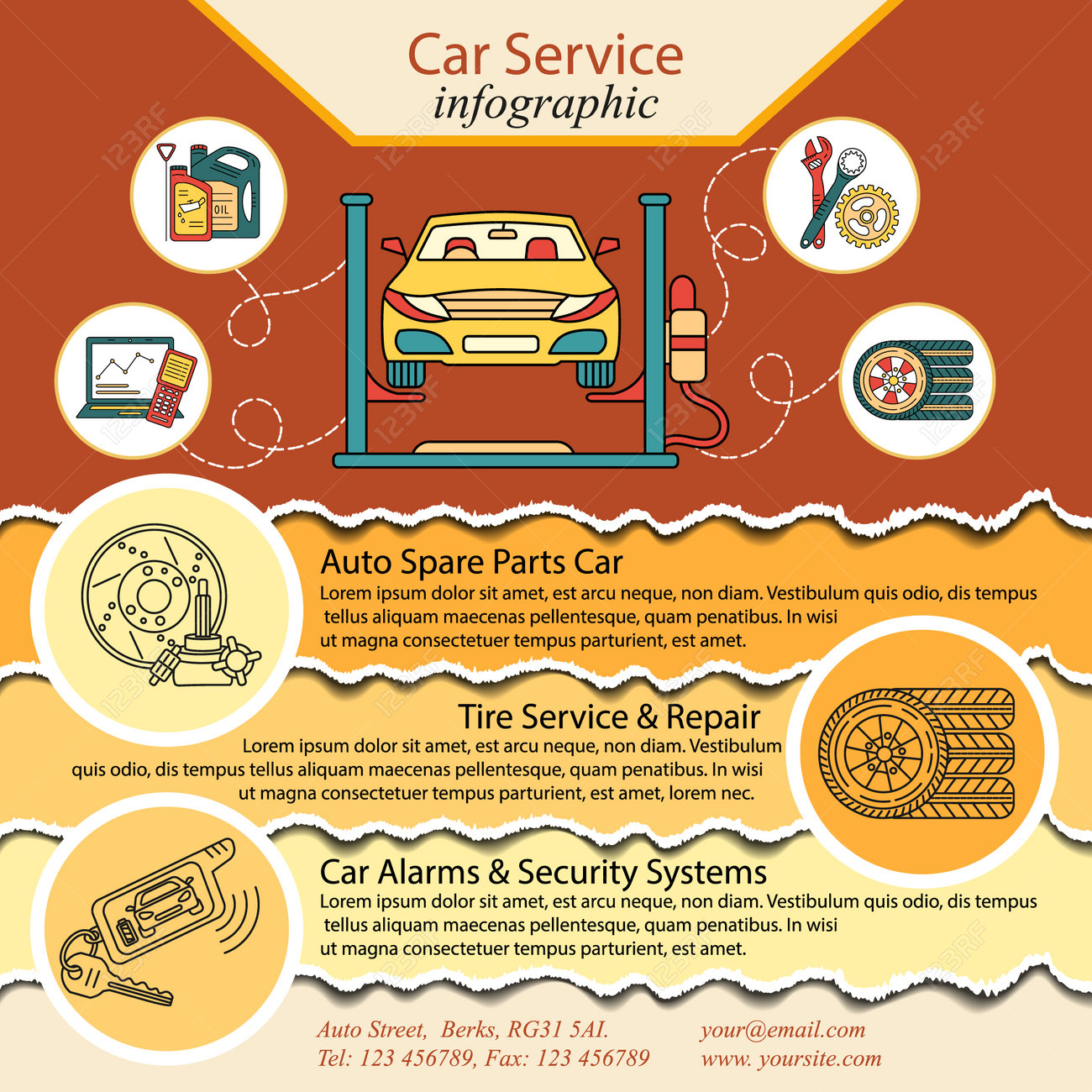Understanding Your Automobile'S Warning Lighting: What Do They Really Mean?
Understanding Your Automobile'S Warning Lighting: What Do They Really Mean?
Blog Article
Writer-Higgins Alvarado
When you're behind the wheel, those glowing caution lights on your control panel can be a bit puzzling. Do you understand what they're attempting to tell you regarding your auto's wellness? Recognizing the significance of these lights is essential for your safety and security and the durability of your vehicle. So, the following time one of those lights appears, wouldn't you want to analyze its message accurately and take the required steps to resolve it?
Common Warning Lighting and Interpretations
Determine usual caution lights in your car and understand their meanings to ensure safe driving.
One of the most common caution lights include the check engine light, which indicates issues with the engine or exhausts system. If this light comes on, it's important to have your vehicle inspected promptly.
The oil pressure alerting light shows low oil stress, requiring instant interest to stop engine damage.
A blinking battery light could recommend a malfunctioning billing system, potentially leaving you stranded otherwise dealt with.
The tire stress tracking system (TPMS) light notifies you to reduced tire pressure, affecting vehicle stability and gas efficiency. Overlooking this might cause risky driving problems.
The abdominal muscle light suggests a problem with the anti-lock braking system, jeopardizing your ability to stop promptly in emergency situations.
Last but not least, the coolant temperature level advising light warns of engine getting too hot, which can lead to severe damage if not fixed promptly.
Recognizing these typical caution lights will certainly assist you attend to problems promptly and keep risk-free driving problems.
Significance of Prompt Focus
Recognizing the usual caution lights in your auto is just the very first step; the value of promptly addressing these warnings can not be highlighted sufficient to ensure your safety when traveling.
When a caution light brightens on your control panel, it's your cars and truck's way of interacting a possible issue that requires focus. Overlooking these warnings can result in a lot more serious issues later on, jeopardizing your safety and possibly costing you extra in repairs.
Prompt focus to alerting lights can stop break downs and accidents. For instance, a flashing check engine light could indicate a misfire that, if left neglected, could cause damages to the catalytic converter. Addressing car washing business can save you from a pricey repair service.
Likewise, a brake system advising light could signal reduced brake fluid or used brake pads, essential elements for your safety when driving.
Do It Yourself Troubleshooting Tips
If you notice a warning light on your dashboard, there are a couple of DIY troubleshooting tips you can attempt prior to seeking specialist help.
The very first step is to consult your automobile's manual to understand what the details warning light shows. In some cases the concern can be as simple as a loose gas cap activating the check engine light. Tightening detailing for cars near me may fix the trouble.
One more usual problem is a reduced battery, which can set off different warning lights. Inspecting the battery connections for corrosion and guaranteeing they're protected might deal with the issue.
If a caution light persists, you can attempt resetting it by disconnecting the vehicle's battery for a few mins and afterwards reconnecting it. In addition, examining your lorry's fluid degrees, such as oil, coolant, and brake liquid, can assist troubleshoot advising lights related to these systems.
Final thought
To conclude, recognizing your automobile's caution lights is necessary for keeping your vehicle running efficiently and safely. By without delay attending to these notifies and knowing what they mean, you can stay clear of expensive repairs and prospective breakdowns.
Keep in mind to consult your automobile's handbook for specific information on each cautioning light and take action as necessary to ensure a hassle-free driving experience.
Keep informed, stay Find Out More -free when traveling!
